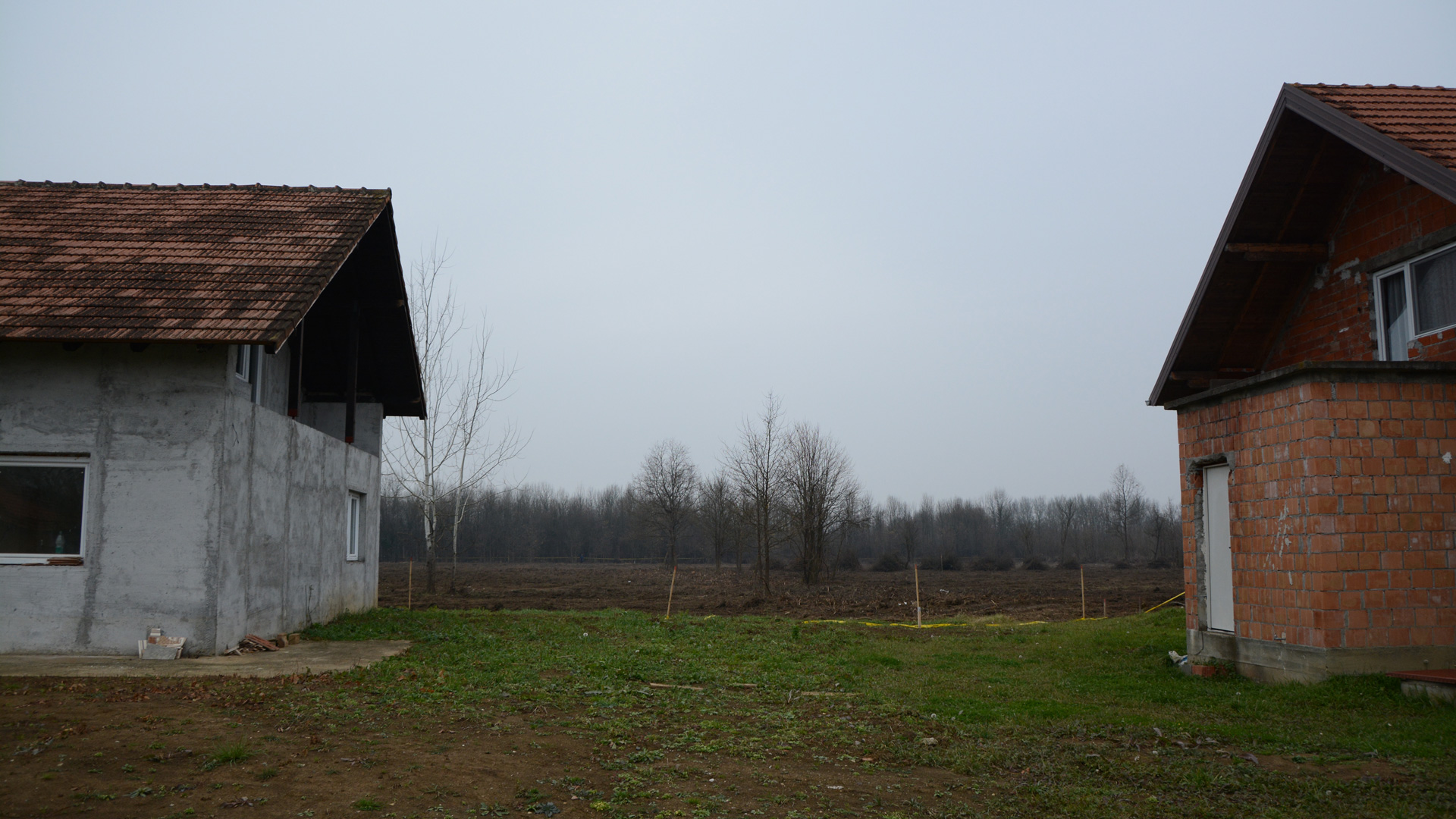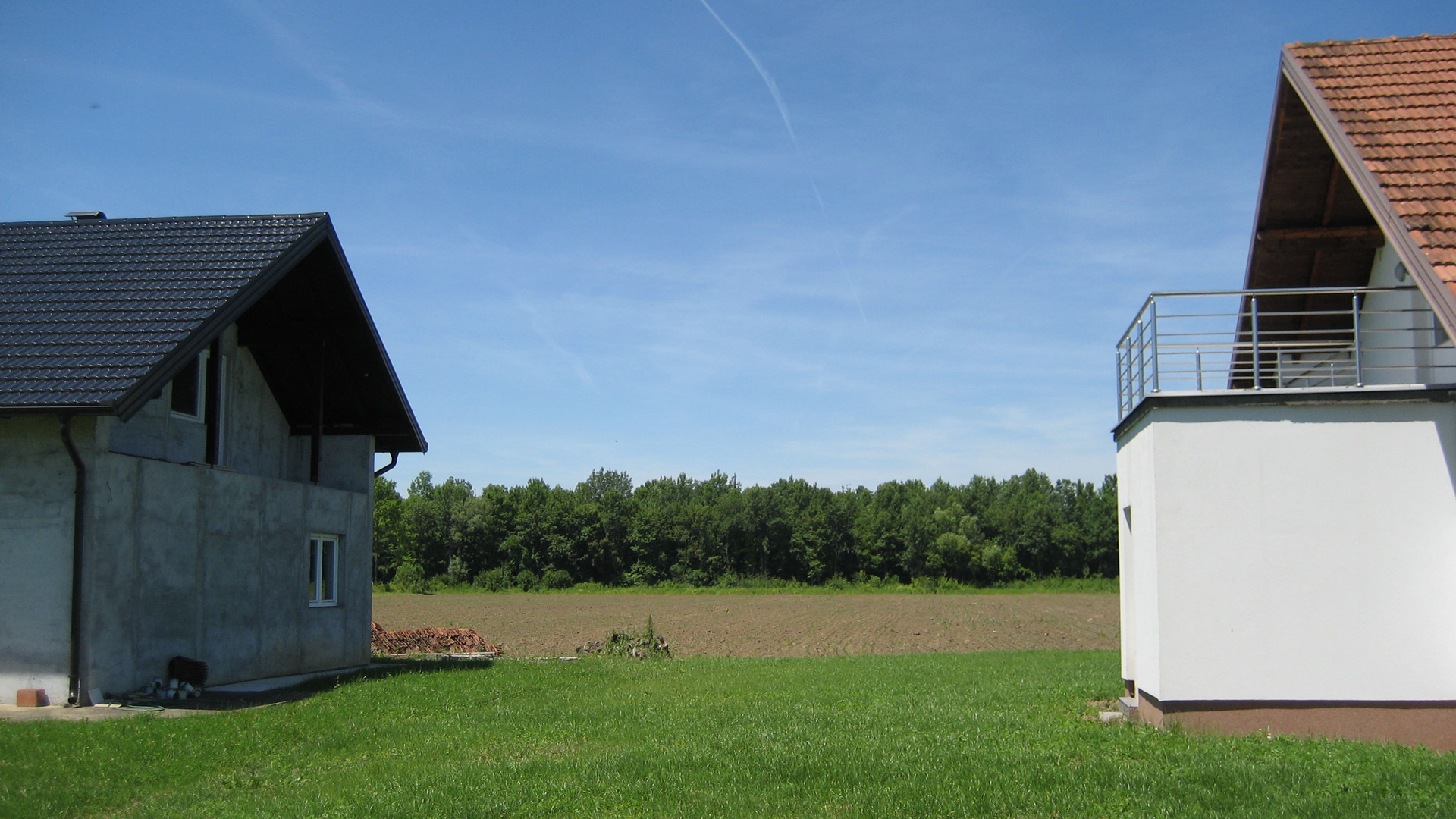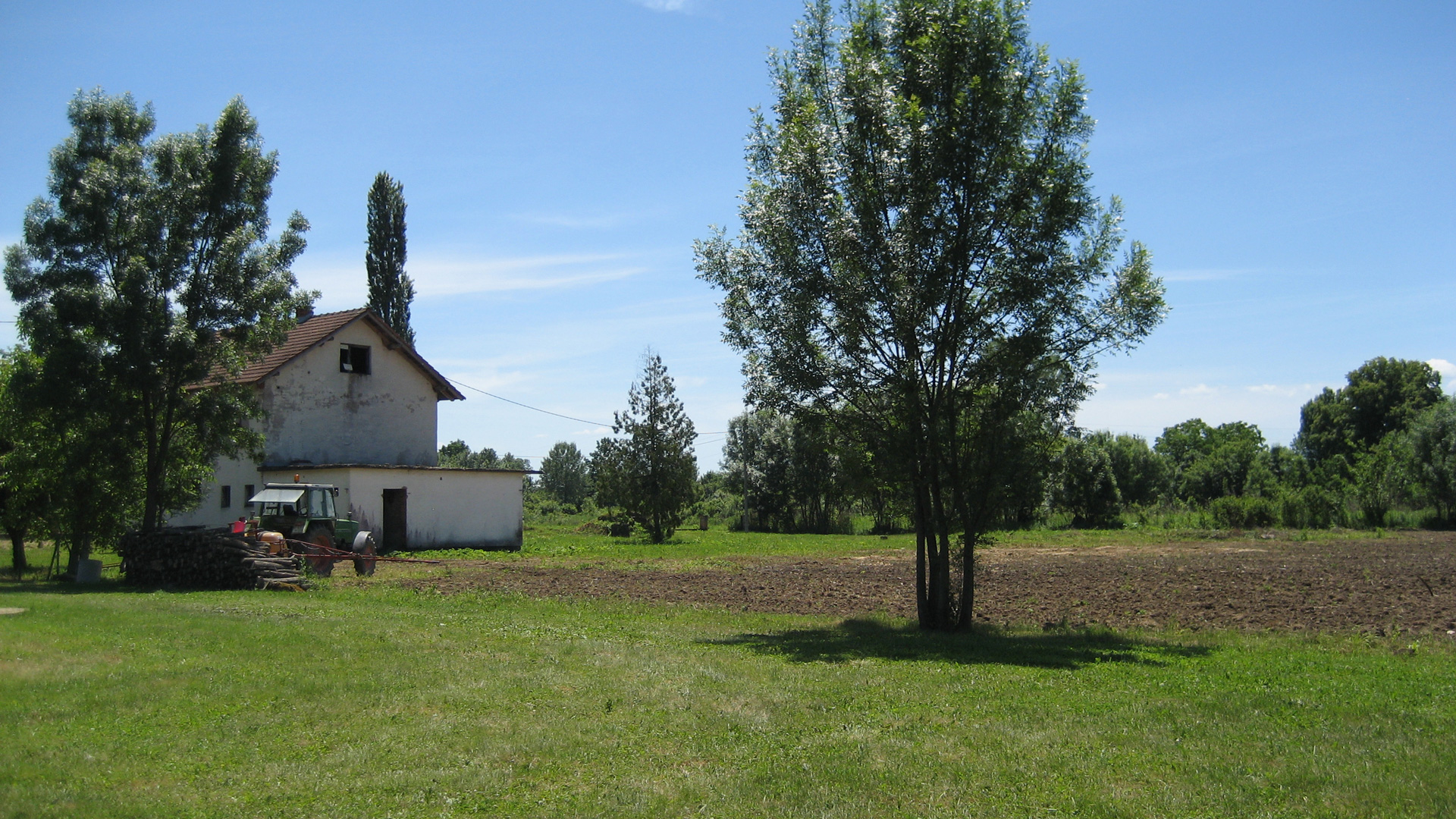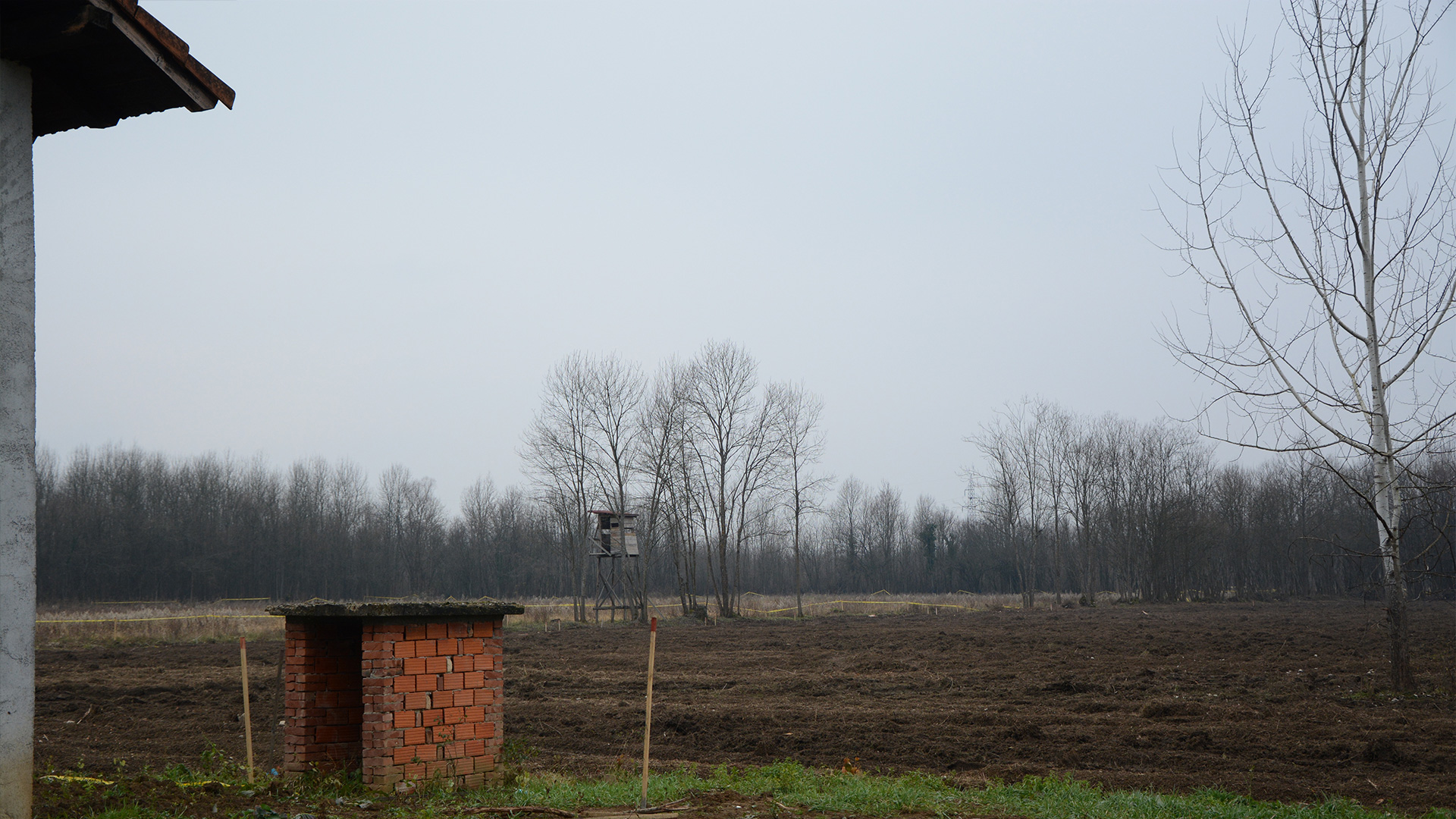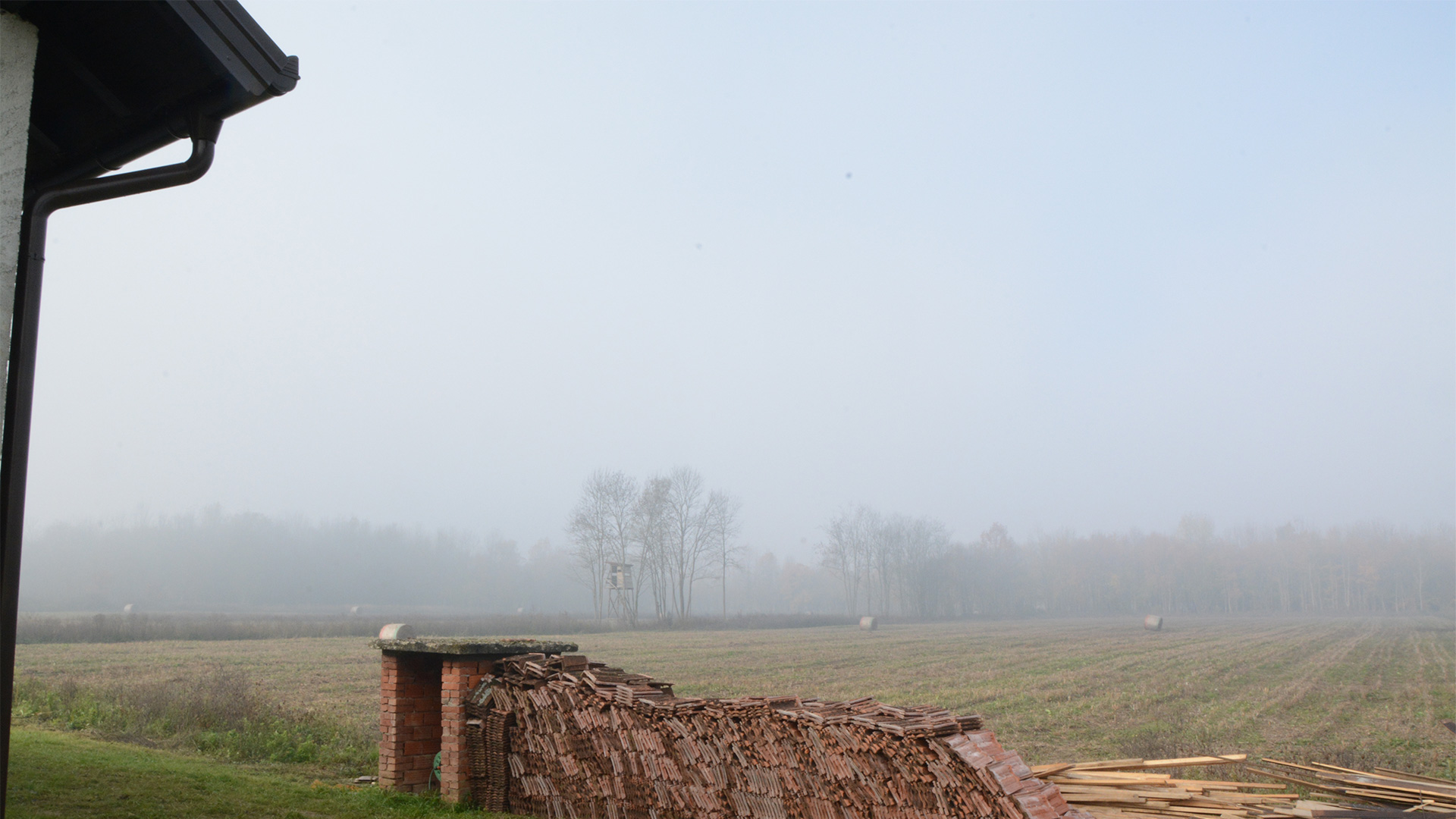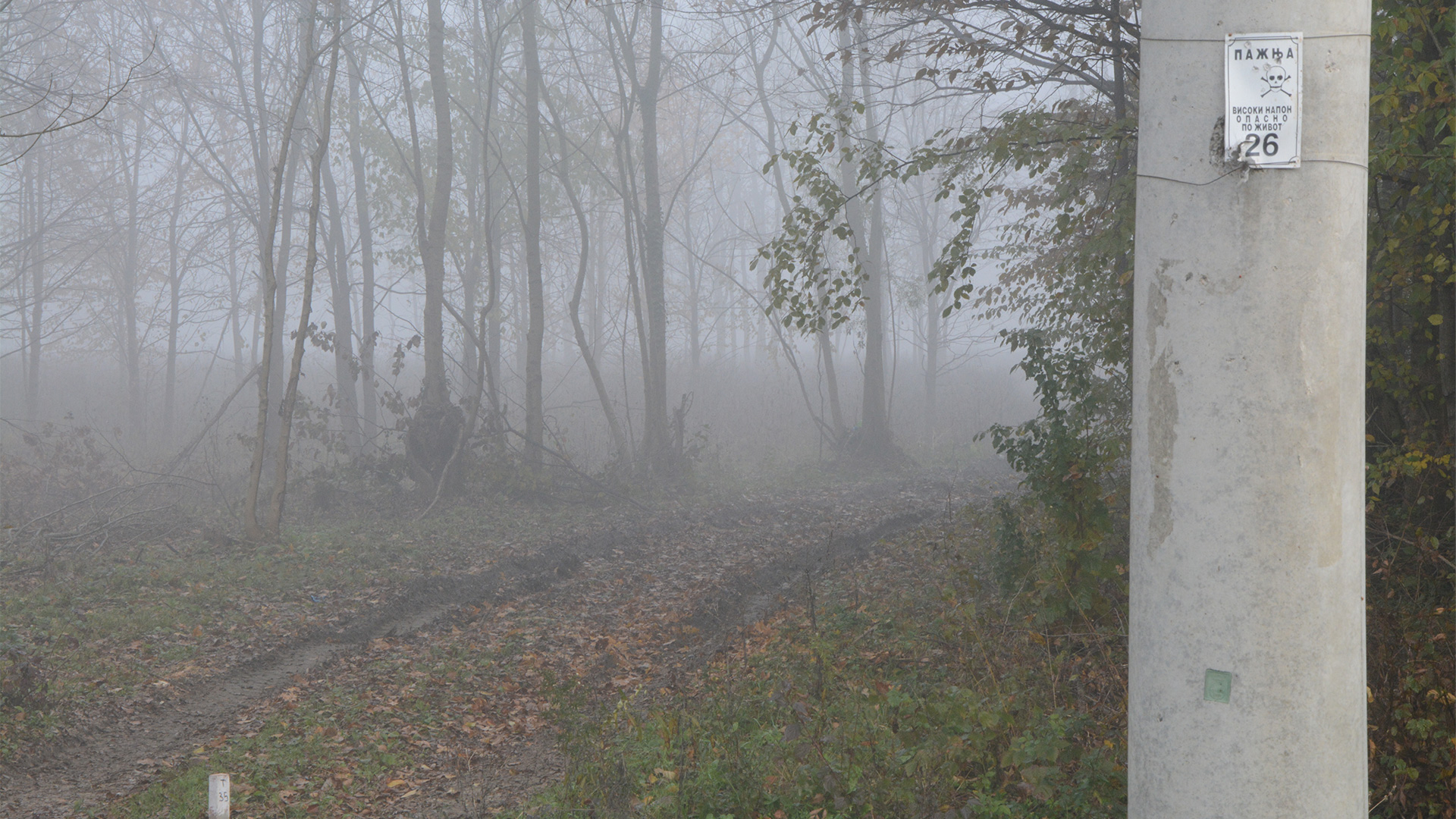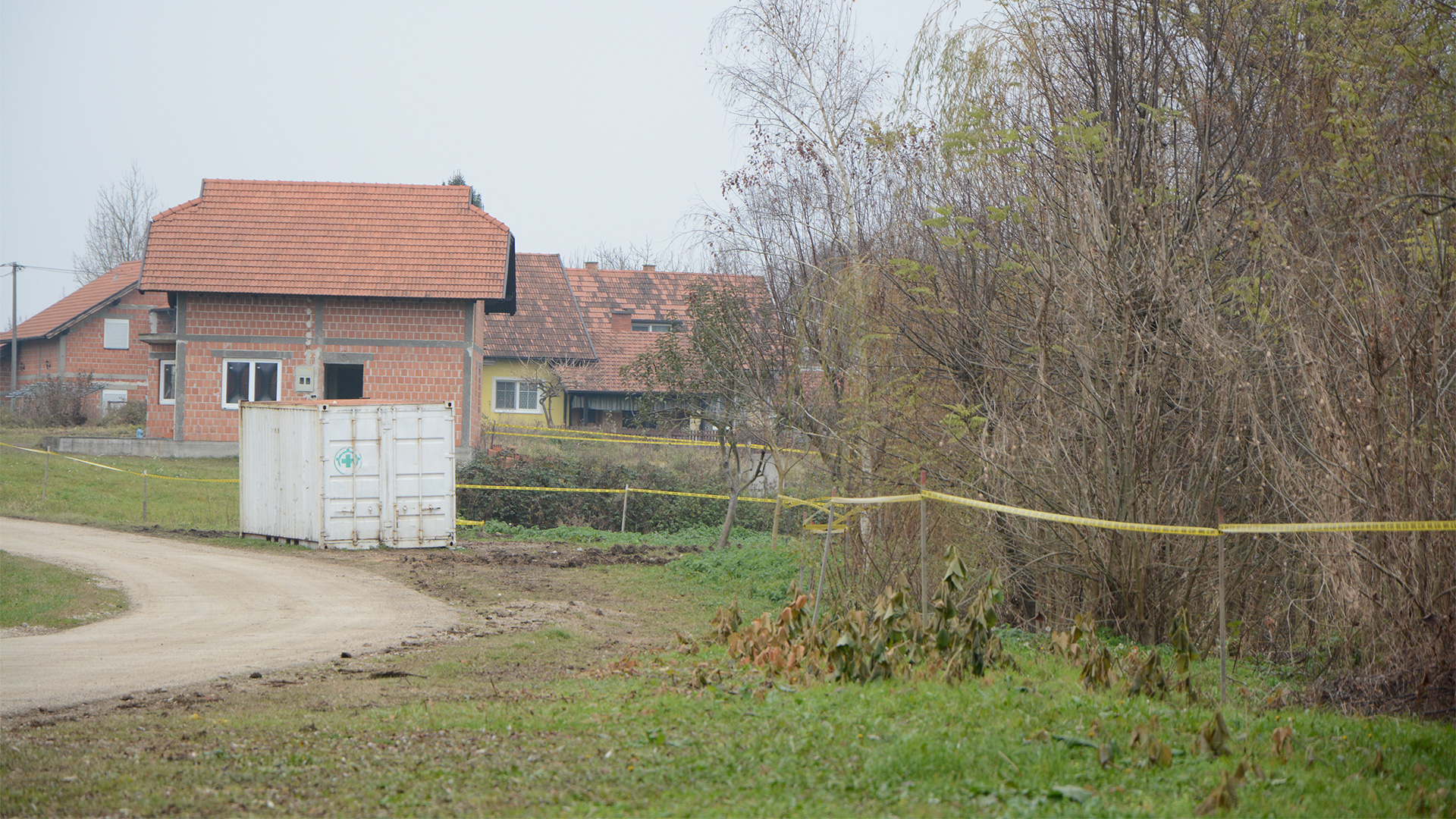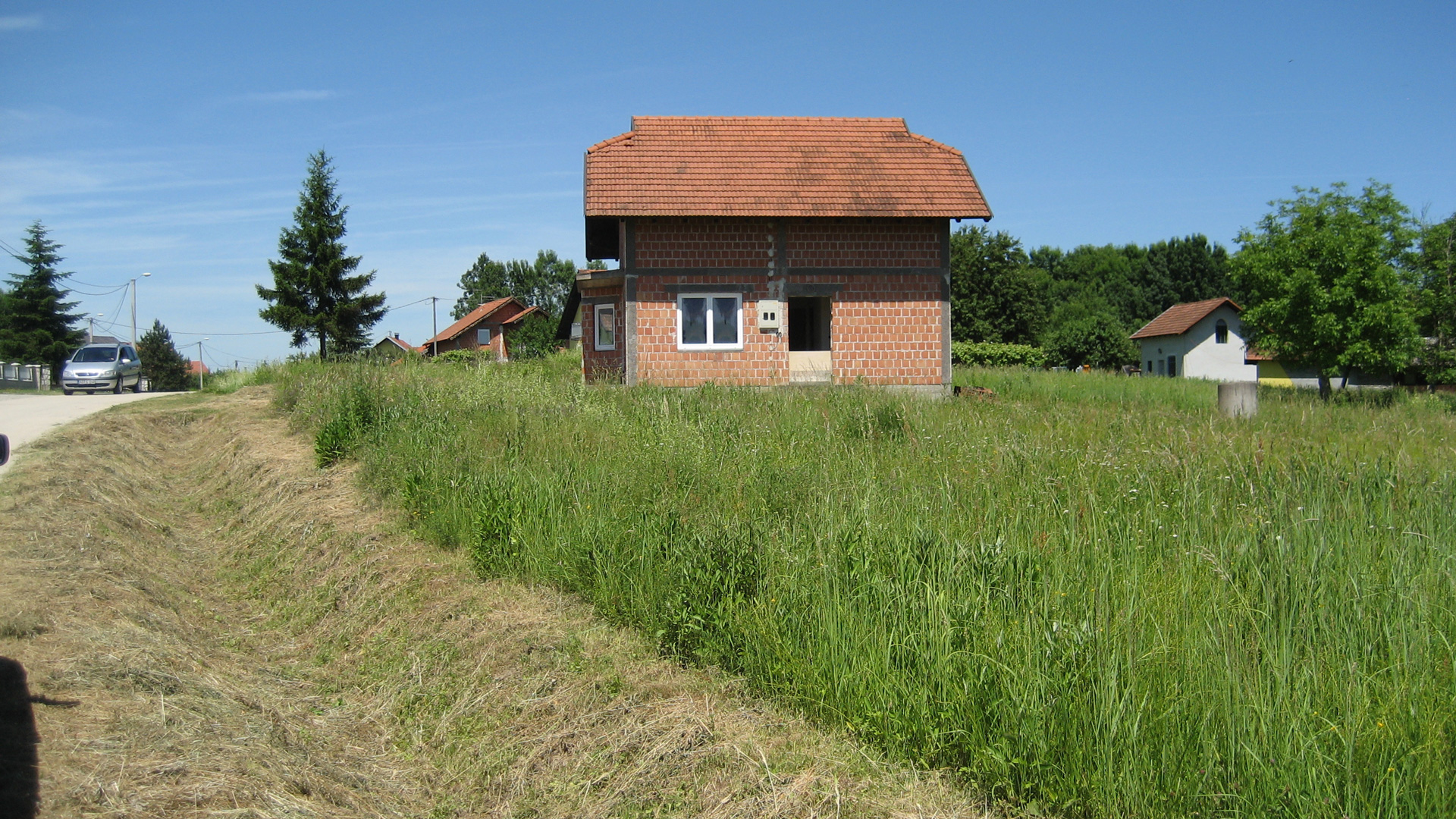War broke out in Bosnia and Herzegovina in 1992 following the break-up of Yugoslavia, itself a consequence of the downfall of the communist governments in Eastern Europe. By 1995, when the Dayton Agreement was signed, an estimated 100,000 people had died and 2.2 million had been displaced. Bosnia-Herzegovina became the country in Europe most affected by the scourge of landmines and the detritus of war. Humanitarian demining (i.e. demining for the benefit of the civilian population) is carried out by a specialist army battalion, as is the case in many countries, as well as by local and international non-governmental organisations and commercial companies.
Two demining machines from the Digger Foundation are deployed in this country. The oldest is a DIGGER D-3, which has the exceptional distinction of having been financed by funds raised by schoolchildren in Lower Austria, at the initiative of the President of the Youth Movement of the local Red Cross. It was inaugurated in Vienna on 24 June 2009, in the presence of the Austrian Foreign Minister, Mr. Michael Spindelegger, the Bosnian Defence Minister, Mr. Zirko Marjanic and hundreds of children.
A year later, the machine had already cleared several thousand square metres of ground, particularly in the region of Zavidovići and Lopare, in the centre and east of the country. By 2014, it had contributed to the clearance of 500,000 square metres of ground and the destruction of at least 600 anti-personnel mines, with a total of 8 million square metres of land being returned to the population. At that time, it was used in particular for demining a disused military base at Sarajevo as well as clearing minefields in the Tuzla region.
The need for a second machine quickly became clear, if Bosnia was to fulfil its commitments agreed to in the Treaty of Ottawa. The Digger Foundation was therefore looking for funding for a DIGGER D-250 when, in May 2014, the country was hit by the worst flooding in 120 years. Aware of the devastating consequences of this disaster (land becoming impassable, mines being buried or displaced by the flood water and landslides outside the restricted areas), we took the risk of delivering the machine before it had been fully funded (eventually this was achieved thanks to Swiss solidarity), and equipped it with an additional mine-clearing tiller, an hydraulic winch and earthmoving tools (backhoe and bucket). A year on, with the support of the NGO Norwegian People’s Aid (who own the machine) and under the auspices of the National Demining Authority of Bosnia and Herzegovina (BHMAC), the Bosnian Army’s demining battalion had cleared more than 300, 000 square metres of ground with the DIGGER D-250 and sifted 51 cubic metres of sediment potentially containing mines carried by the flood water, mainly in the region of Brčko, the country’s most heavily mined region.
In 2018, the municipalities of Vevey and Lausanne financed the purchase of spare parts for the refurbishment of the DIGGER D-3. The Digger Foundation covered the travel expenses and the cost of the technicians’ working hours on site.
The Digger Foundation’s two demining vehicles accounted for half of the total fleet of demining machines operating in the country. Thanks to them, it has been estimated that the cost of reclaiming the land comes to less than 30 cents per square metre, whereas it would have been twenty times higher if demining had been done solely by hand.
Move the slider from left to right to see the effect of demining and the return to life it accomplishes
